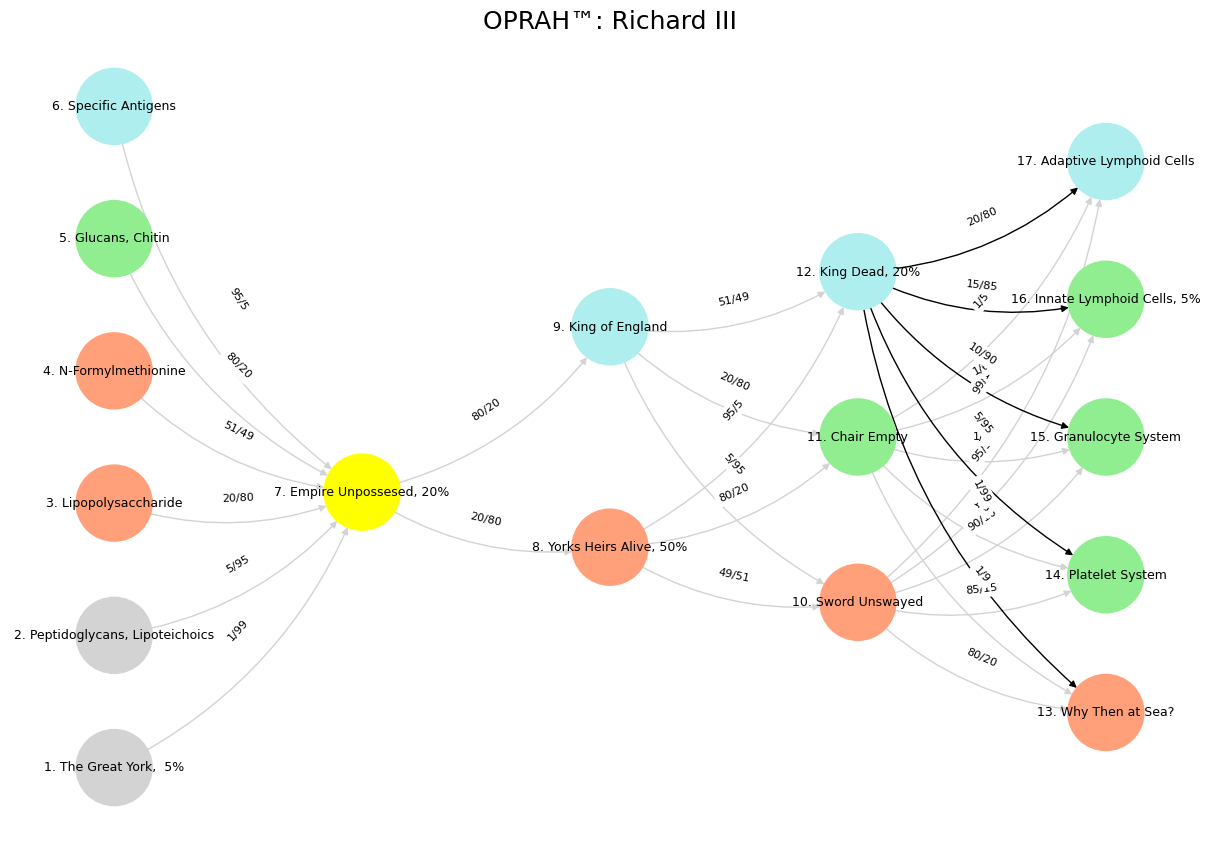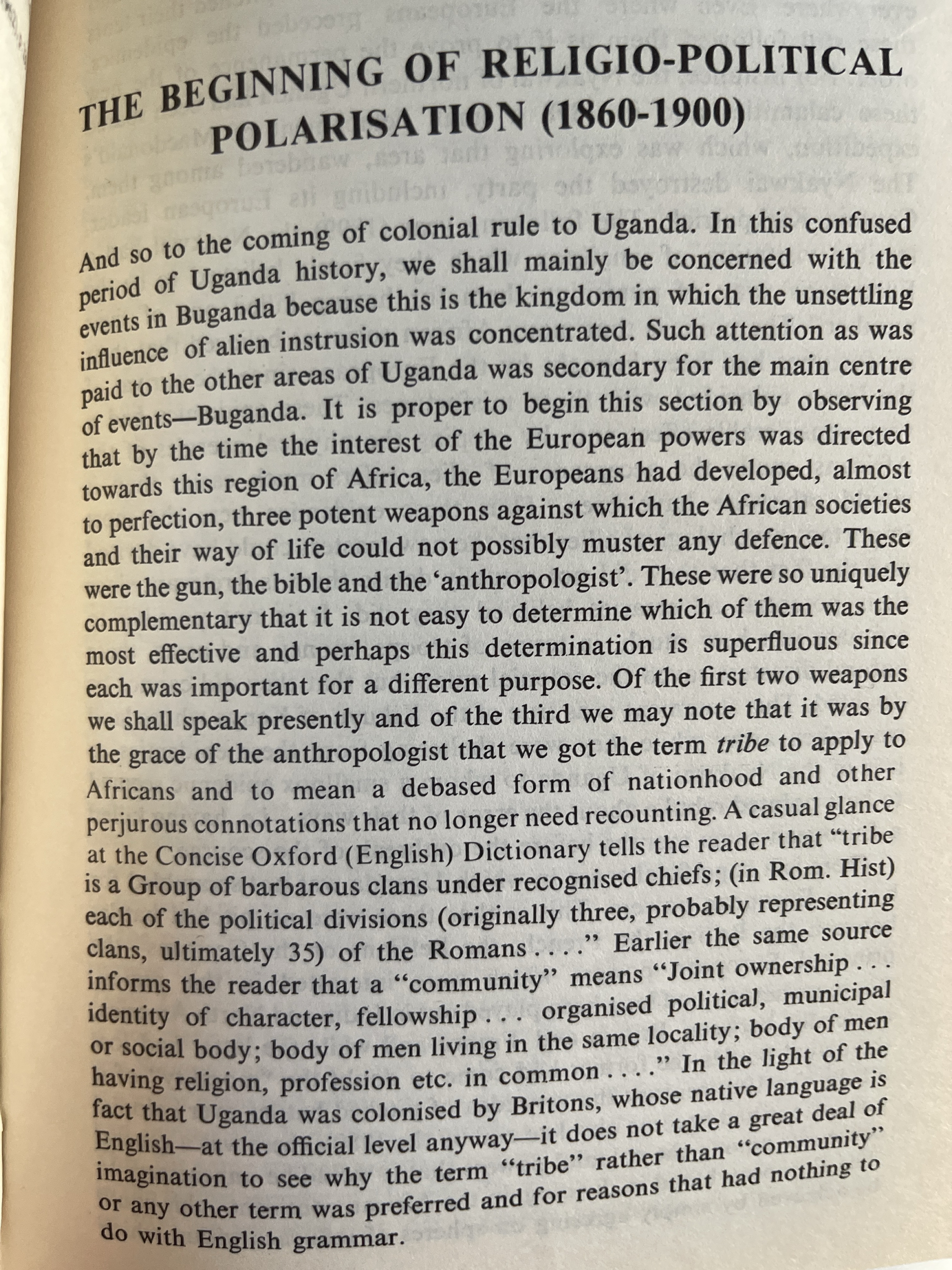Veiled Resentment#
Donald Trump’s second presidency, should it continue on its current trajectory, is not merely a political rerun—it is a structural assault on the very heart of the First Amendment. And let’s be plain: the First Amendment is not a lullaby sung to keep society calm. It is a sword placed in the hands of the public, a weapon forged for adversarial democracy. It presumes conflict. It sanctifies dissent. It is the explicit design of the U.S. constitutional order to foster public disagreement—not suppress it. To deport students, penalize institutions, and chill the speech of those who resist—especially through legal intimidation—is to invert this foundational principle. What we are witnessing is not just governance; it is the attempted domestication of democratic fire.
Let us use the epistemic architecture—Sea, Ship, Pirate, Crucible, Island—to make sense of this. The Sea is the realm of truth, raw and unfiltered. The First Amendment is born from this sea. It says: the state cannot be the gatekeeper of what is true. It cannot silence the voices of protest because those voices, rough and dissonant as they may be, belong to the surf. Trump’s efforts to expel foreign students engaged in protest is an act of epistemic cowardice. It is the fantasy of an emperor who wants to still the ocean with command. But the sea does not listen. It roars.
The Ship is culture and inheritance—the Constitution, the Bill of Rights, the adversarial system. Trump’s maneuver is not just against individuals; it is against the inheritance itself. Institutions like Columbia University or major law firms are not innocent bystanders—they are part of the Ship. When these are attacked for harboring dissent or defending protesters, what is being targeted is not just a set of ideas but the entire architecture of adversarial balance. The attack on lawyers is especially chilling. In any healthy adversarial system, the defense bar is sacred—not because we love lawyers, but because they uphold the contest. If even legal defense is made to kneel, then the system has tipped into farce.
Now enter the Pirate—the figure who disrupts the order, either to plunder or to liberate. Trump has always styled himself as a Pirate King, smashing through the customs of Washington, ransacking protocol. In his first term, this image had chaotic charm for many; he was the outsider. But in the second term, he is no longer a tinker or a saboteur—he is the captain. And his piratical energy is now turned against the ship itself. No longer raiding from without, he has seized the helm and begun tossing dissenters overboard. This is not rebellion—it is empire in pirate dress.
The Crucible—where Scissors, Shark, and Lifebuoy reside—is where the ethical stakes clarify. The deportation of protestors is a Scissor moment: the state is declaring who belongs and who is expendable. Foreign students are convenient scapegoats—high-achieving, ambitious, yet without full legal footing. The symbolism here is grotesque: we welcome minds from abroad to study American ideals, then deport them for enacting those very ideals. It is a Shark moment, too—an instance of coercive warning to others: dissent, and you will be devoured. The quiet compliance of many institutions suggests they are clinging to Lifebuoys—safety, accreditation, funding—but their silence is complicity.
The Island is the supposed promise—the land we’re told we’re sailing toward. In the American myth, this Island is liberty, pluralism, an ever-unfinished experiment in self-governance. But under Trump’s second presidency, that Island appears increasingly as a fraud—a stage set for power to play virtue. If the First Amendment is meant to protect the unruly, the foreign, the dissenting, and yet those very figures are penalized, then the Island is not a destination. It is camouflage.
And the Supreme Court? It should be the wind that keeps the ship honest—sometimes gusting against executive overreach. Instead, it has drifted toward obsequious silence. Chief Justice Roberts’s famed desire to keep the Court above politics is beginning to look less like neutrality and more like cowardice. When the First Amendment is on fire, silence is not wisdom—it is surrender. If the highest court in the land cannot raise its voice when the very principle of protected dissent is at stake, then we are witnessing not a legal philosophy but a slow abandonment.
Why is everyone so quiet? Fear, yes. But also habituation. A numbness that creeps in when crisis becomes the new normal. Bureaucrats fear budgets. Universities fear donors. Law firms fear clients. Judges fear reputational backlash. And in the thick of all this trembling, the First Amendment becomes not a flame but an ember—sputtering, smothered, almost invisible beneath the ash of compliance.
This is not merely a shame—it is a tragedy. Because the First Amendment, properly understood, is not just a legal clause. It is the very mechanism that keeps democracy metabolically alive. It is the irritant in the oyster, the friction that makes the system shine. Dissent is not a flaw—it is the beating heart. And if this presidency continues to criminalize that dissent—whether foreign-born or native, professional or amateur—then we are no longer within a constitutional republic, but inside the carcass of one.
A true adversarial system demands courage—not just from dissidents, but from those in power. It demands that the captain of the ship understand the ship is not his to own, but to serve. It demands that the Court roar when others whisper. It demands that law firms remember their oath, that universities remember their mission, and that we all remember that the First Amendment is not a polite suggestion. It is a cry. A shield. A storm.
And if no one answers it, then we are already drowning.
Part I: Reformatted Source Context
John Roberts Created a Monster. It’s About to Eat Him
The Supreme Court faces an existential dilemma of its own creation.
By David R. Lurie – March 31, 2025
Trump and Roberts shake hands after Trump’s speech to Congress earlier this month.
(Photo: Saul Loeb/AFP via Getty)
— From Print Edition
John Roberts and his fellow Republican Supreme Court justices not only paved the way for Donald Trump to retake the White House, but encouraged him to seize dictatorial powers upon his return. Now, the Trump Court’s rightwing ideologues appear poised to green light many of his authoritarian actions, thereby enabling him to further destroy the foundations of our democracy.
But Roberts and his extremist compatriots on the Court face one serious problem: Trump also wants the justices to endorse his campaign against the authority and independence of the judiciary, potentially rendering the Court into a shameless stooge. As a result, the cost of the Supreme Court continuing to do Trump’s bidding may be to undermine the judicial power and authority that Republicans devoted so much effort to obtain.
Roberts Prepares a Throne
After voting against convicting Trump for his January 6 coup attempt, Mitch McConnell said there was no need for Congress to act because “we have a criminal justice system in this country. We have civil litigation. And former presidents are not immune from being held accountable by either one.”
But Trump escaped such accountability — with the crucial help of John Roberts.
The rightwing jurists on the nation’s highest court effectively crippled Jack Smith’s prosecution through a combination of calculated delay and a ruling that undermined the rule of law. First, the Court delayed its immunity ruling for months, and thereby held the Trump prosecution in abeyance. Trump’s initial assertion of immunity in October 2023 was rejected by the trial court in December; but proceedings remained stayed until the Supreme Court finally ruled in July 2024.
When the ruling arrived, it was a gift to Trump. Authored by Roberts, the decision made it nearly impossible for Trump to be tried before the election and granted him a broader immunity than even his lawyers had requested. Roberts declared that a president enjoys “absolute” or “qualified” immunity from prosecution for any action taken in his “official” capacity.
Justice Sotomayor, dissenting, wrote that the Court had made the president a “king above the law.”
Show code cell source
import numpy as np
import matplotlib.pyplot as plt
import networkx as nx
# Define the neural network layers
def define_layers():
return {
'Suis': ['The Great York, 5%', 'Peptidoglycans, Lipoteichoics', 'Lipopolysaccharide', 'N-Formylmethionine', "Glucans, Chitin", 'Specific Antigens'],
'Voir': ['Empire Unpossesed, 20%'],
'Choisis': ['Yorks Heirs Alive, 50%', 'King of England'],
'Deviens': ['Sword Unswayed', 'Chair Empty', 'King Dead, 20%'],
"M'èléve": ['Why Then at Sea?', 'Platelet System', 'Granulocyte System', 'Innate Lymphoid Cells, 5%', 'Adaptive Lymphoid Cells']
}
# Assign colors to nodes
def assign_colors():
color_map = {
'yellow': ['Empire Unpossesed, 20%'],
'paleturquoise': ['Specific Antigens', 'King of England', 'King Dead, 20%', 'Adaptive Lymphoid Cells'],
'lightgreen': ["Glucans, Chitin", 'Chair Empty', 'Platelet System', 'Innate Lymphoid Cells, 5%', 'Granulocyte System'],
'lightsalmon': ['Lipopolysaccharide', 'N-Formylmethionine', 'Yorks Heirs Alive, 50%', 'Sword Unswayed', 'Why Then at Sea?'],
}
return {node: color for color, nodes in color_map.items() for node in nodes}
# Define edge weights
def define_edges():
return {
('The Great York, 5%', 'Empire Unpossesed, 20%'): '1/99',
('Peptidoglycans, Lipoteichoics', 'Empire Unpossesed, 20%'): '5/95',
('Lipopolysaccharide', 'Empire Unpossesed, 20%'): '20/80',
('N-Formylmethionine', 'Empire Unpossesed, 20%'): '51/49',
("Glucans, Chitin", 'Empire Unpossesed, 20%'): '80/20',
('Specific Antigens', 'Empire Unpossesed, 20%'): '95/5',
('Empire Unpossesed, 20%', 'Yorks Heirs Alive, 50%'): '20/80',
('Empire Unpossesed, 20%', 'King of England'): '80/20',
('Yorks Heirs Alive, 50%', 'Sword Unswayed'): '49/51',
('Yorks Heirs Alive, 50%', 'Chair Empty'): '80/20',
('Yorks Heirs Alive, 50%', 'King Dead, 20%'): '95/5',
('King of England', 'Sword Unswayed'): '5/95',
('King of England', 'Chair Empty'): '20/80',
('King of England', 'King Dead, 20%'): '51/49',
('Sword Unswayed', 'Why Then at Sea?'): '80/20',
('Sword Unswayed', 'Platelet System'): '85/15',
('Sword Unswayed', 'Granulocyte System'): '90/10',
('Sword Unswayed', 'Innate Lymphoid Cells, 5%'): '95/5',
('Sword Unswayed', 'Adaptive Lymphoid Cells'): '99/1',
('Chair Empty', 'Why Then at Sea?'): '1/9',
('Chair Empty', 'Platelet System'): '1/8',
('Chair Empty', 'Granulocyte System'): '1/7',
('Chair Empty', 'Innate Lymphoid Cells, 5%'): '1/6',
('Chair Empty', 'Adaptive Lymphoid Cells'): '1/5',
('King Dead, 20%', 'Why Then at Sea?'): '1/99',
('King Dead, 20%', 'Platelet System'): '5/95',
('King Dead, 20%', 'Granulocyte System'): '10/90',
('King Dead, 20%', 'Innate Lymphoid Cells, 5%'): '15/85',
('King Dead, 20%', 'Adaptive Lymphoid Cells'): '20/80'
}
# Define edges to be highlighted in black
def define_black_edges():
return {
('King Dead, 20%', 'Why Then at Sea?'): '1/99',
('King Dead, 20%', 'Platelet System'): '5/95',
('King Dead, 20%', 'Granulocyte System'): '10/90',
('King Dead, 20%', 'Innate Lymphoid Cells, 5%'): '15/85',
('King Dead, 20%', 'Adaptive Lymphoid Cells'): '20/80'
}
# Calculate node positions
def calculate_positions(layer, x_offset):
y_positions = np.linspace(-len(layer) / 2, len(layer) / 2, len(layer))
return [(x_offset, y) for y in y_positions]
# Create and visualize the neural network graph
def visualize_nn():
layers = define_layers()
colors = assign_colors()
edges = define_edges()
black_edges = define_black_edges()
G = nx.DiGraph()
pos = {}
node_colors = []
# Create mapping from original node names to numbered labels
mapping = {}
counter = 1
for layer in layers.values():
for node in layer:
mapping[node] = f"{counter}. {node}"
counter += 1
# Add nodes with new numbered labels and assign positions
for i, (layer_name, nodes) in enumerate(layers.items()):
positions = calculate_positions(nodes, x_offset=i * 2)
for node, position in zip(nodes, positions):
new_node = mapping[node]
G.add_node(new_node, layer=layer_name)
pos[new_node] = position
node_colors.append(colors.get(node, 'lightgray'))
# Add edges with updated node labels
edge_colors = []
for (source, target), weight in edges.items():
if source in mapping and target in mapping:
new_source = mapping[source]
new_target = mapping[target]
G.add_edge(new_source, new_target, weight=weight)
edge_colors.append('black' if (source, target) in black_edges else 'lightgrey')
# Draw the graph
plt.figure(figsize=(12, 8))
edges_labels = {(u, v): d["weight"] for u, v, d in G.edges(data=True)}
nx.draw(
G, pos, with_labels=True, node_color=node_colors, edge_color=edge_colors,
node_size=3000, font_size=9, connectionstyle="arc3,rad=0.2"
)
nx.draw_networkx_edge_labels(G, pos, edge_labels=edges_labels, font_size=8)
plt.title("OPRAH™: Richard III", fontsize=18)
# ✅ Save the actual image *after* drawing it
plt.savefig("../../figures/richard-iii.jpeg", dpi=300, bbox_inches='tight')
# plt.show()
# Run the visualization
visualize_nn()


Fig. 18 Is the chair empty? Is the sword unswayed? Is the King dead? The empire unpossessed? What heir of York is there alive but we? And who is England’s King but great York’s heir? Then tell me, what makes he upon the seas?#
Leopards, Faces, and Dictatorial Power
After winning reelection, Trump followed through. He began ruling by decree, not legislation. Backed by Elon Musk’s DOGE team, Trump began dismantling legally mandated institutions like USAID and the Social Security Administration. His agents even used threats and force to seize buildings of independent agencies.
Private persons, institutions, law firms, and states were threatened into compliance. Republican leaders remained silent. Lower federal courts—appointed by both parties—stepped in to block 39 of Trump’s actions.
Roberts responded with a statement affirming judicial independence. Trump responded by demanding the Court fix the “toxic and unprecedented situation” or face consequences. He expects obedience.
A Trumpian Dilemma
Now the Court faces multiple emergency appeals from Trump, including:
Reversing a block on canceling DEI-affiliated education grants
Reinstating efforts to end birthright citizenship
Continuing to deport Venezuelans to Salvadoran prisons without due process
The theory underpinning these appeals is the “unitary executive”—that the president has total control over all executive branch entities. If embraced fully, this theory would allow Trump to directly control the Federal Reserve and personally set interest rates.
But if Roberts accedes, he risks destroying the legitimacy and power of the Court itself. The very tool Republicans built to constrain their enemies could become irrelevant under Trump’s rule.
Part II: Critique Within Our Frameworks
In our symbolic architecture—🌊 Sea, 🚢 Ship, 🪛🏴☠️ Pirate/Tinker, 🦈✂️🛟 Crucible, and 🏝️ Island—the story above unfolds not merely as news but as tragic theology. At the level of the Sea, we must start with the notion of truth unfiltered. The First Amendment was meant to allow the surf to roar, dissent to spill into the air like salt. But in the Trump-Roberts drama, we see an active project of filtration—where legal delay, selective immunity, and executive fiat try to still the waves. It is a denial of the ocean’s force.
On the Ship—America’s inherited constitutional architecture—the very institution meant to balance the powers has instead become an accomplice to entropy. Roberts, in attempting to preserve the elegance of the vessel, forgets that the ship is seaworthy not because it looks noble but because it survives storms. The Court’s acquiescence does not preserve legacy; it decays the hull.
The Pirate, once Trump, now becomes a strange hybrid of captain and saboteur. He is no longer disrupting from outside—he owns the wheel, and is cutting holes below deck while steering. Musk’s DOGE team acts as enforcers of this pirate reign, seizing buildings and bulldozing legal precedent. This is not tinkering—it is plundering.
We enter the Crucible. Scissors slice: foreign students, critical institutions, even judges. Sharks circle: threats of impeachment, judicial neutering. Lifebuoys are held by institutions hoping to stay afloat—universities, law firms, and maybe even Roberts himself. But the raft is fragile, and the sea is rising.
What of the Island? The promised land of balance, of rule of law, of a court system that arbitrates rather than capitulates? If the Roberts Court gives in fully to Trump’s autocratic vision, then the Island becomes a myth used to control passengers, not a real destination. What once offered hope now becomes a psychological leash—a fantasy of stability to justify obedience.
In the final analysis, Roberts didn’t just create a monster. He baptized it with procedural incense and whispered legitimacy into its ears. The shame is not only in the outcome—but in the decorum used to mask the abdication. The quiet robes, the marble halls, the solemn language—all of it was meant to stand in the way of tyranny, not lend it gravitas.
Everyone is so quiet, yes. But in our framework, that silence is not absence—it is a kind of complicity. And the louder the sea gets, the more damning that quiet becomes. This is not just a constitutional crisis. It is a moral one. And it is playing out, in robes and tweets, in real time.


